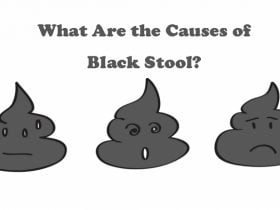Cauterization Procedure

Cauterization is done in the hospital and by a professional healthcare provider. Before the start of the procedure, your doctor prescribes local anesthesia to help reduce the pain.
After accessing your wound, your doctor will then decide on the type of cauterization to conduct. The two major types of cauterization Include:
Electrocauterization
Electrocauterization involves the use of electricity. Your doctor will place a grounding pad on your body, usually on your thigh. This is to protect you from the effect of the electricity and prevent shock. During the procedure, your doctor will make use of an electric instrument called a probe. An electric current passes through the probe. The probe is placed on your tissue and the electricity heats and burns the skin.
Chemical Cauterization
Chemical cauterization involves the use of chemical agents like:
- Ferric subsulfate solution [3]
- Silver nitrate [4]
- Aluminum chloride hexahydrate
During the process, your doctor will dip a small, pointed wooden stick into the chemical. They would also put a small amount of the chemical on your wound. This will destroy the skin in contact. This procedure should be done by a trained professional to ensure excess chemicals do not touch the healthy skin.













